Rise of Subscription Services
The rise of subscription services is emerging as a notable trend within the Men's Personal Care Products Market. These services offer convenience and personalization, allowing consumers to receive tailored grooming products delivered directly to their doorsteps. The subscription model appeals to busy individuals who prefer a hassle-free shopping experience. Recent data indicates that subscription box services have grown by 20% in the past year, reflecting a shift in consumer purchasing behavior. Brands that adopt this model can foster customer loyalty and enhance their market presence. Furthermore, subscription services often provide exclusive products or discounts, incentivizing consumers to engage with brands on a recurring basis. This trend suggests that subscription services will play an increasingly vital role in the future of men's personal care.
Expansion of E-commerce Platforms
The expansion of e-commerce platforms is significantly transforming the Men's Personal Care Products Market. With the rise of online shopping, consumers are increasingly turning to digital channels for their grooming needs. This shift is evidenced by a reported 25% increase in online sales of personal care products over the past year. E-commerce offers convenience, a wider selection, and often better pricing, which appeals to the modern consumer. Additionally, the ability to read reviews and compare products enhances the shopping experience, making it more informed. As more brands establish their online presence, the competition intensifies, leading to innovative marketing strategies and product offerings. This trend suggests that e-commerce will continue to play a crucial role in shaping the future landscape of the men's personal care market.
Increasing Awareness of Personal Grooming
The growing awareness of personal grooming among men is a pivotal driver in the Men's Personal Care Products Market. As societal norms evolve, men are increasingly embracing grooming routines that were traditionally associated with women. This shift is reflected in the rising sales of grooming products, with the market projected to reach approximately 166 billion dollars by 2026. The emphasis on self-care and appearance is influencing purchasing decisions, leading to a surge in demand for skincare, haircare, and fragrance products tailored specifically for men. Retailers are responding by expanding their offerings, thus enhancing accessibility to a wider range of products. This trend indicates a significant cultural shift, where personal grooming is no longer seen as a luxury but rather as an essential aspect of daily life for men.
Growing Demand for Natural and Organic Products
The growing demand for natural and organic products is reshaping the Men's Personal Care Products Market. Consumers are becoming increasingly conscious of the ingredients in their grooming products, leading to a preference for items that are free from harmful chemicals. This trend is reflected in the market, where sales of natural and organic personal care products have seen a substantial increase, with projections indicating a growth rate of 10% annually. Brands that prioritize sustainability and transparency in their formulations are likely to gain a competitive edge. This shift not only caters to health-conscious consumers but also aligns with broader environmental concerns, as many men seek products that are eco-friendly. The emphasis on natural ingredients is expected to continue influencing product development and marketing strategies in the industry.
Influence of Social Media and Celebrity Endorsements
The impact of social media and celebrity endorsements on the Men's Personal Care Products Market cannot be overstated. Platforms such as Instagram and TikTok have become powerful tools for brands to reach their target audience. Influencers and celebrities often showcase grooming products, creating trends that resonate with their followers. This phenomenon has led to a notable increase in brand visibility and consumer engagement. According to recent data, brands that effectively utilize social media marketing strategies experience a 30% higher engagement rate. As a result, companies are investing heavily in digital marketing campaigns to capitalize on this trend, thereby driving sales and expanding their market share. The interplay between social media and personal care is likely to continue shaping consumer preferences and behaviors in the foreseeable future.
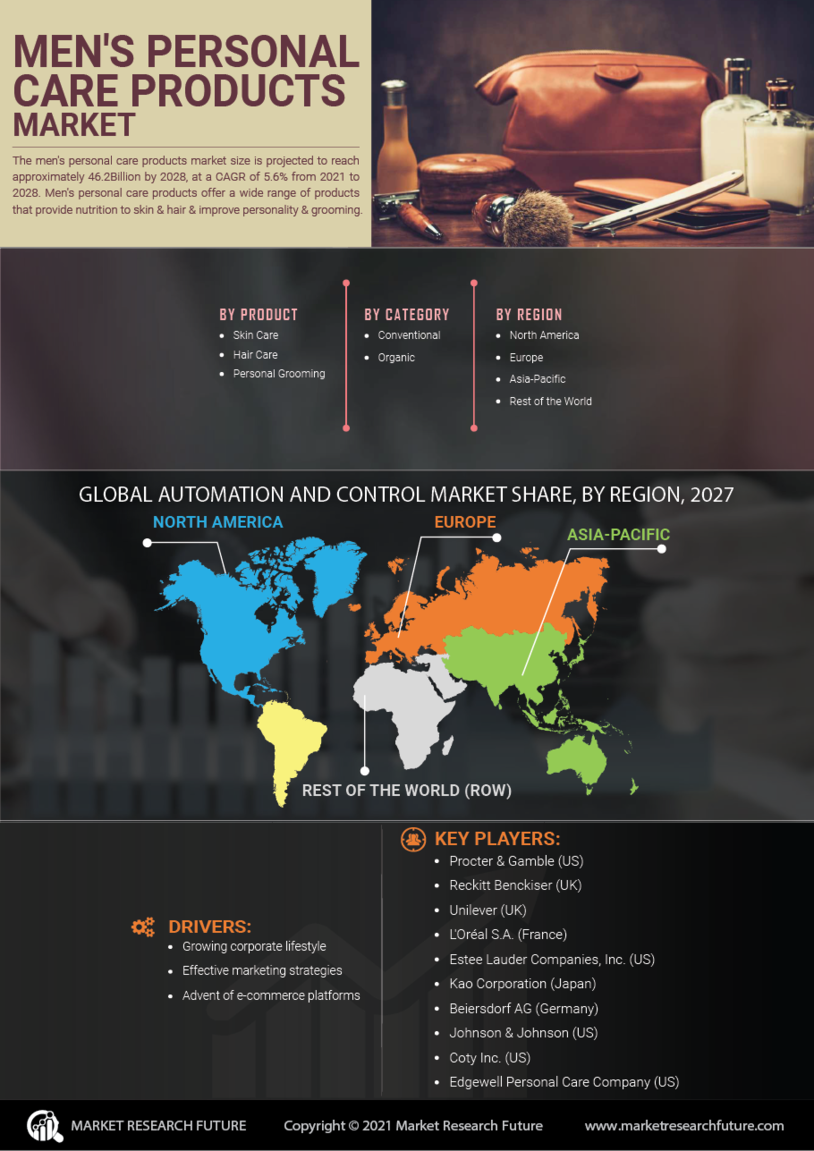

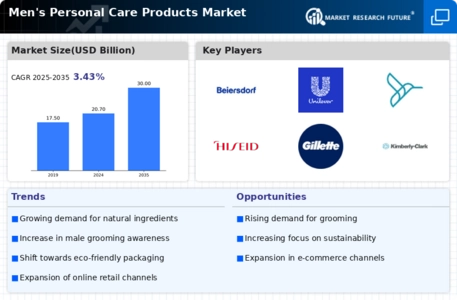
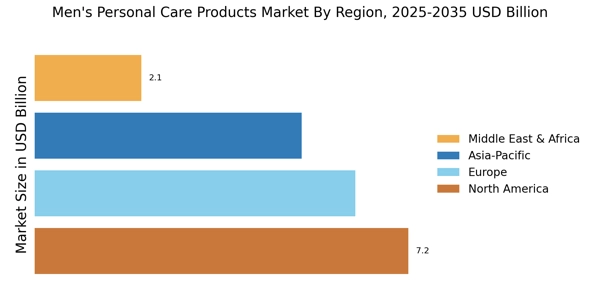
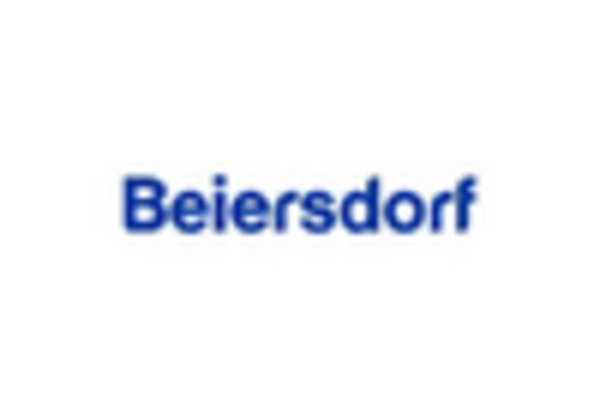
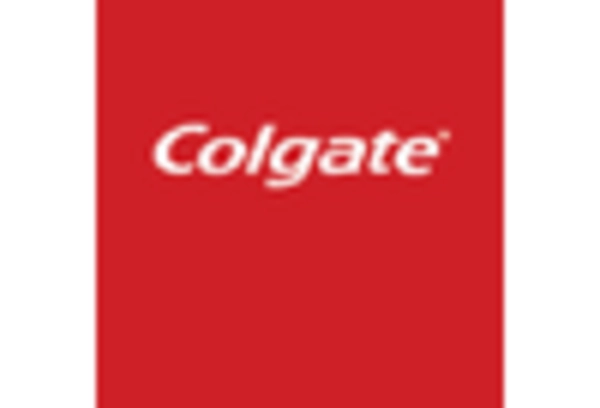












Leave a Comment